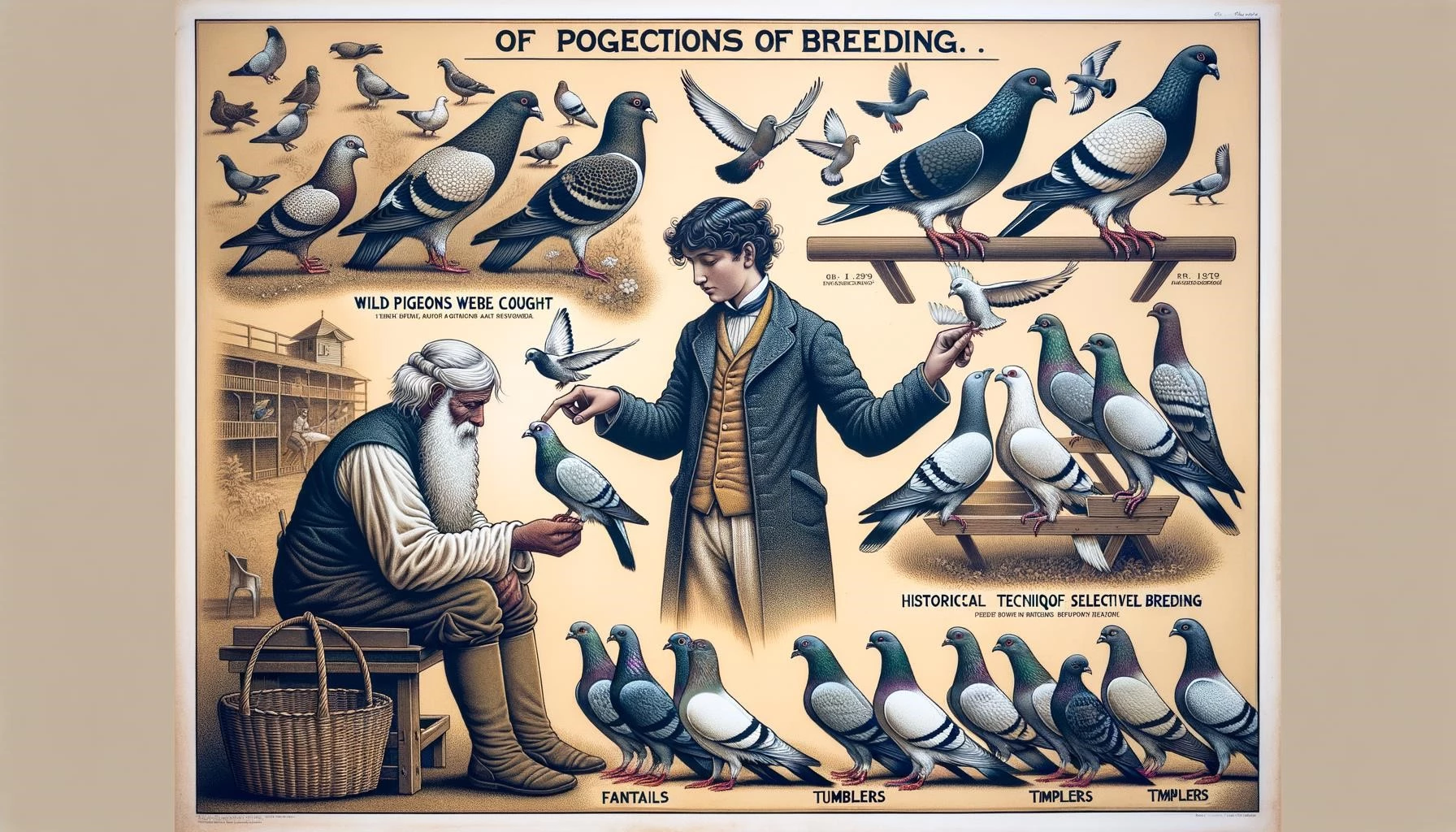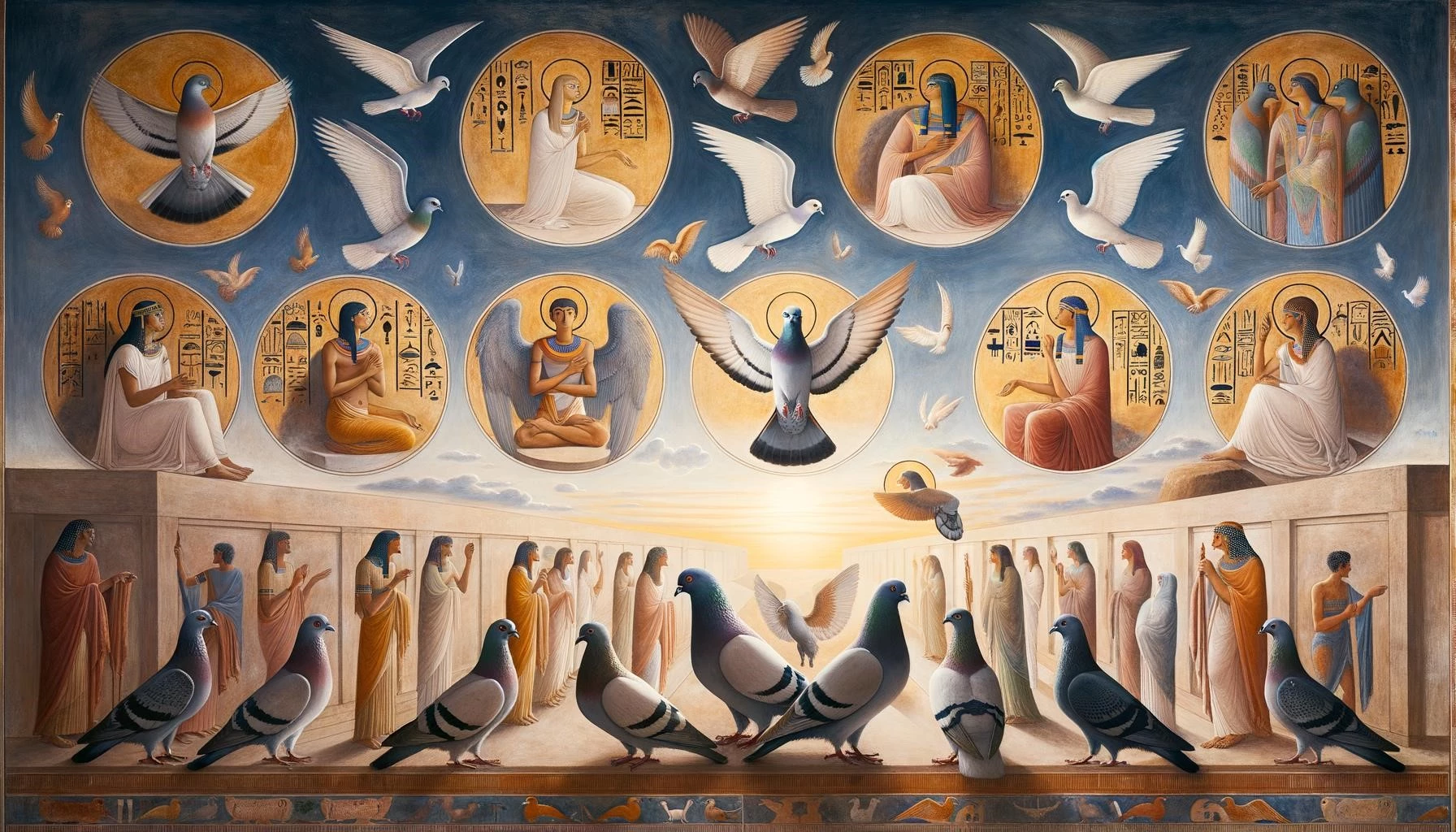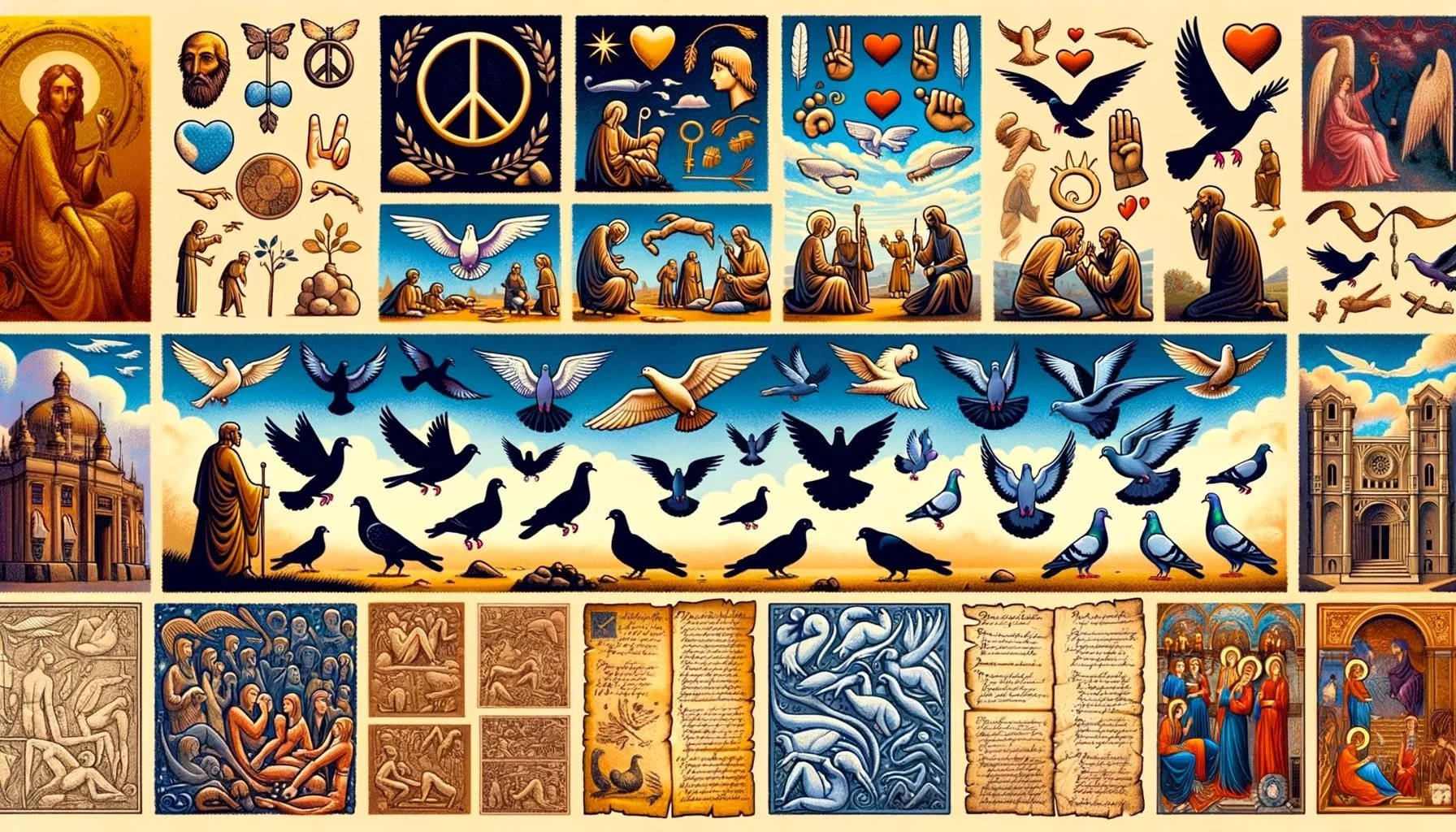Pigeons, or Columbidae, have a long history intertwined with human civilization, including in antiquity. These birds were not only ubiquitous in the natural world but also had significant cultural, religious, and symbolic importance in ancient societies. From their association with the Divine to their use in communication and their representation in ancient art and literature, pigeons played a vital role in the lives of people in antiquity.
Key Takeaways
- Pigeons, or Columbidae, were an important part of ancient civilizations.
- They had cultural, religious, and symbolic significance.
- They were used for communication and message delivery, especially in long-distance communication networks.
- Pigeons were represented in ancient art and literature, highlighting their cultural importance.
- Their exceptional fecundity and adaptability contributed to their symbolic association with resilience and survival.
Pigeons in Ancient Communication Networks
Pigeons were used for communication purposes in antiquity, especially for long-distance message delivery. One notable example is the use of pigeons by the Greeks to send the results of the Olympic Games from town to town as early as the 8th century BCE.
In the 12th century, Genghis Khan also utilized pigeons to create a communication network across his vast empire. These birds were trained to carry messages over long distances, contributing to the swift transmission of important information.
These examples demonstrate the practical value of pigeons in ancient times and their role in establishing effective communication networks.
Pigeons in Ancient Art and Symbolism
Pigeons held significant cultural and religious associations in ancient societies. They were often represented in ancient art and symbolism, emphasizing their importance in the cultural fabric of the time.
In ancient Greece and Rome, pigeons were associated with various gods and were depicted in artwork as symbolic representations of divine qualities. For example, owls, a species of pigeon, symbolized wisdom and were often depicted alongside the goddess Athena.
Pigeons’ association with the Divine extended beyond Greece and Rome. Throughout antiquity, pigeons were considered sacred or magical in different cultures and regions.
Pigeons’ exceptional reproductive capabilities also contributed to their symbolic importance. The birds’ ability to thrive and multiply even in challenging environments made them a symbol of resilience and survival.
Pigeons in Ancient Literature and Culture
Pigeons were not only depicted in ancient art but also featured in literature and cultural practices. In ancient Egypt, pigeons were associated with the all-powerful Mother Goddess, and their symbolic bond with her stemmed from their exceptional fecundity and courtship rituals.
References to pigeons can be found in ancient texts, such as the works of Pliny and Columella from the Roman period. These scattered historical anecdotes provide glimpses into the human-pigeon interaction in antiquity, shedding light on the importance of pigeons in various aspects of ancient life.
The study of ancient pigeons and their significance in literature and culture adds to our understanding of the role of these birds in antiquity and their enduring impact on human societies.
In conclusion, pigeons played a significant role in ancient civilizations. Their practical value as messengers and their symbolic importance in art, religion, and literature highlight their cultural significance in antiquity. The enduring presence of pigeons in human societies is a testament to their adaptability and resilience.








